California Newt
- March 19, 2024
- 0 comment
The California Newt (Taricha torosa), a fascinating amphibian, is native to California and can be found in various habitats across the state, including coastal, mountainous, and forested areas. This species is known for its remarkable adaptability, intriguing lifecycle, and, most notably, its potent defense mechanism. In this article, we delve into the biology, habitat, behavior, and conservation status of the California Newt, providing insights into the life of this extraordinary creature.
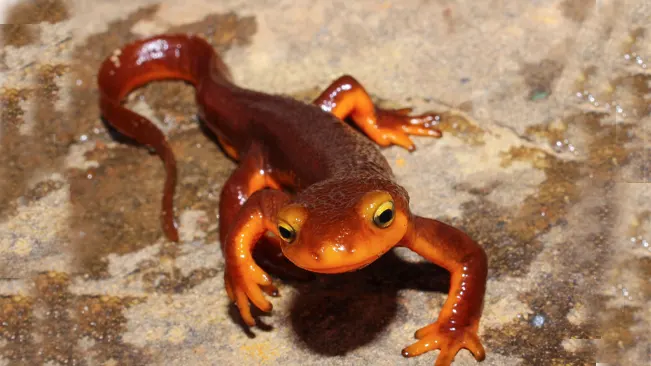
| Category | Details |
|---|---|
| Scientific Name | Taricha torosa |
| Common Names | California Newt |
| Classification | Kingdom: Animalia, Phylum: Chordata, Class: Amphibia, Order: Urodela, Family: Salamandridae |
| Size | Typically 6 to 8 inches in length |
| Weight | Varies with size, generally light due to small size |
| Lifespan | Generally 10 to 15 years in the wild, potentially longer in captivity |
| Habitat | Moist environments including oak woodlands, redwood forests, and chaparral ecosystems near streams, ponds, and lakes |
| Distribution | Endemic to California, found throughout the state |
| Diet | Carnivorous, feeding on small invertebrates such as worms, insects, and snails |
| Behavior | Nocturnal, primarily terrestrial but migrates to aquatic habitats for breeding. Utilizes potent neurotoxin for defense against predators |
| Reproduction | Breeds in aquatic environments; females lay eggs on submerged vegetation. Displays seasonal migration for breeding purposes |
| Conservation Status | Least Concern according to the IUCN, but faces threats from habitat destruction, pollution, and road mortality |
| Conservation Efforts | Focus on habitat preservation, creation of wildlife corridors, and research on population dynamics and threats |
| Cultural Significance | Interest primarily among herpetologists, conservationists, and nature enthusiasts for its unique biology and role in ecosystem dynamics |
| Challenges | Habitat destruction, pollution, road mortality, and climate change pose significant challenges to survival and conservation efforts |
Appearance
Coloration
The California Newt’s coloration serves as a fascinating aspect of its natural defense mechanisms. On its dorsal side, the newt exhibits a range of colors from a subtle brownish-orange to a more pronounced dark brown, blending seamlessly with its terrestrial surroundings. In stark contrast, its ventral side boasts vibrant yellow or orange hues, a vivid warning to potential predators about the newt’s potent neurotoxicity. This distinctive coloration not only aids in camouflage and predator deterrence but also highlights the newt’s adaptability to its environment.

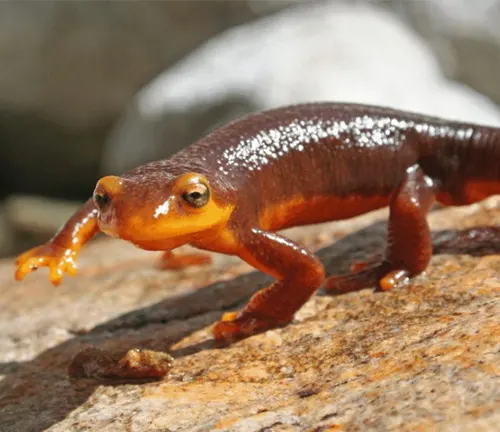
Skin Texture
The California Newt’s skin texture is an intriguing blend of smoothness with a granular appearance upon closer examination, reflecting its amphibious nature. This unique texture plays a vital role in the newt’s ability to retain moisture, a critical factor for its survival. It enables the newt to thrive across diverse environments, from moist forested areas to drier regions, by efficiently maintaining hydration and facilitating gas exchange necessary for its physiological processes.
Eye
The California Newt’s eyes are captivating, characterized by their large size and the distinct protrusion from the skull, which grants them an almost vigilant appearance. Encircled by a golden ring, the dark iris stands out, contributing to their striking visual appeal. This eye structure not only enhances their alert demeanor but also significantly aids in their survival. It allows for a wider range of vision, enabling the newts to detect predators and prey efficiently in their diverse habitats, from murky aquatic depths to the shadowed forest floors, ensuring their success in both hunting and evading threats.

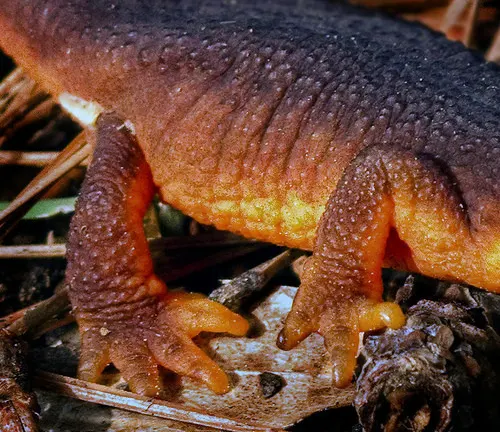
Limb Structure
The limb structure of the California Newt is robust and meticulously adapted to its amphibious lifestyle. Featuring four toes on each front foot and five on the rear, this configuration optimizes their ability to navigate through diverse terrains. Their strong limbs not only facilitate efficient digging in terrestrial environments, allowing them to burrow and seek refuge under the earth, but also play a crucial role in their mobility. Whether it’s traversing the forest floor, climbing over obstacles, or preparing nests for their offspring, the physical prowess of these limbs underscores the newt’s remarkable adaptability and survival strategies across both land and aquatic habitats.
Tail
The California Newt’s tail is a remarkable feature, designed for efficiency in aquatic environments. Its muscular structure and slight lateral flattening are key adaptations that enhance propulsion through water, facilitating swift and agile movements. This becomes particularly advantageous during the breeding season, a time when these newts predominantly inhabit aquatic settings. The tail’s design underscores the newt’s dual life, optimizing its performance in both terrestrial and aquatic phases, and highlights the evolutionary intricacies that enable it to navigate its diverse habitat with ease.

Biology and Identification
The California Newt, belonging to the family Salamandridae, is a robust creature with a distinctive appearance. It measures about 6 to 8 inches (15 to 20 cm) in length when fully grown. These newts are characterized by their brownish-orange to dark brown dorsal (back) side and a brightly colored yellow or orange ventral (belly) side. This coloration serves as a warning to predators about the toxicity of the newt.

A remarkable aspect of the California Newt is its skin, which secretes a potent neurotoxin known as tetrodotoxin (TTX). This toxin is the same found in pufferfish and is lethal to most predators. However, it is fascinating that some snake species have evolved resistance to TTX, enabling them to prey on these newts.
Habitat and Distribution
California Newts are endemic to California, showcasing a wide distribution throughout the state. They favor moist environments and are commonly found in oak woodlands, redwood forests, and chaparral ecosystems. Their aquatic habitats include streams, ponds, and lakes, where they breed and lay eggs.

The seasonal migration of the California Newt is an intriguing behavior. During the rainy season, usually from October to May, they migrate from their terrestrial habitats to aquatic environments for breeding. This journey can be treacherous, often involving crossing roads and trails, where many newts unfortunately perish underfoot or by vehicles.
Lifecycle and Behavior
The lifecycle of the California Newt is cyclical, involving both aquatic and terrestrial phases. Breeding occurs in water, where females lay eggs on submerged vegetation. The eggs hatch into larval newts, which are fully aquatic. These larvae undergo metamorphosis, transforming into terrestrial juveniles before eventually returning to the water as adults to breed.

California Newts are primarily nocturnal, especially during the dry season. They spend the daylight hours hidden under rocks, logs, or leaf litter to avoid dehydration and predation. Their diet consists of small invertebrates, including worms, insects, and snails.
Seasonal Migration
California Newts migrate annually from terrestrial habitats to aquatic environments for breeding purposes, usually during the rainy season. This journey is vital for their reproductive cycle.
Nocturnal Activity
Primarily nocturnal, these newts are most active at night, which helps them avoid predators and extreme daytime temperatures. During the day, they often hide under rocks or leaf litter.
Toxin Production
The skin of the California Newt secretes a potent neurotoxin, tetrodotoxin, as a defense mechanism against predators. This toxin is lethal to many species, including potential predators.
Diet and Feeding
They have a carnivorous diet, feeding on small invertebrates such as worms, insects, and snails. Their feeding strategy involves ambushing prey rather than active hunting.
Aquatic Breeding
Breeding occurs in water, where the female lays eggs that are externally fertilized by the male. This phase is crucial for the continuation of their lifecycle.
Territorial Behavior
While not highly territorial, California Newts may display territorial behaviors during the breeding season to secure mating opportunities and protect breeding sites.
Use of Habitat
These newts utilize a variety of moist habitats, including woodlands, forests, and chaparral ecosystems, showing a remarkable adaptability to different environmental conditions.
Climbing Ability
They are capable climbers, often found climbing on rocks and vegetation near their aquatic breeding sites, showcasing their versatility in navigating their environment.
Conservation Status
The California Newt is currently classified as a species of least concern by the International Union for Conservation of Nature (IUCN). However, it faces several threats, including habitat destruction, pollution, and road mortality. Conservation efforts are focused on habitat preservation and the creation of wildlife corridors to ensure the survival of this species.
Efforts to study and protect the California Newt are crucial for maintaining biodiversity in California’s ecosystems. The newt’s unique adaptations and lifecycle contribute to the ecological balance, controlling insect populations and serving as an indicator of environmental health.
Different Species
Taricha torosa (California Newt)
This species is endemic to California and is recognized for its adaptability to various habitats within the state. It can be found in coastal, mountainous, and forested areas. The California Newt has a distinct coloration with a brownish-orange to dark brown dorsal side and a brightly colored yellow or orange ventral side, serving as a warning for its toxicity.
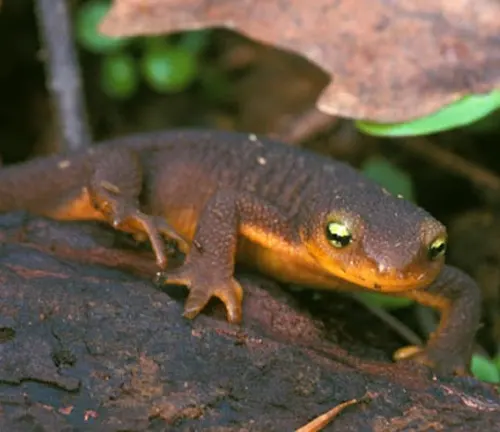
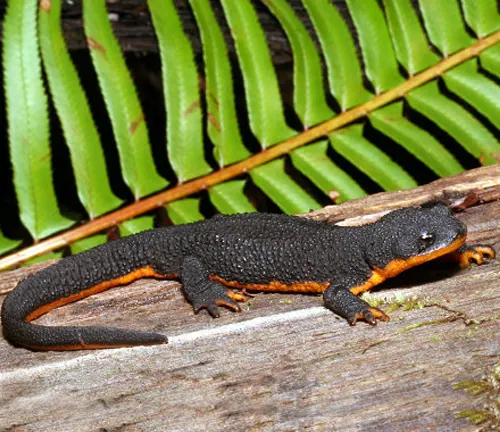
Taricha granulosa (Rough-skinned Newt)
Although not a California Newt per se, the Rough-skinned Newt is closely related and shares a similar range on the west coast of the United States, extending into Canada. It’s often discussed alongside Taricha torosa due to similar ecological niches and defensive strategies. Rough-skinned Newts are known for their rough skin texture and also possess tetrodotoxin, making them highly toxic to predators.
Conclusion
The California Newt is an emblematic species of the Golden State, showcasing the diversity and resilience of California’s wildlife. Its fascinating biology, intriguing behaviors, and the challenges it faces highlight the importance of conservation efforts. As we continue to explore and understand the lives of such remarkable creatures, we are reminded of the interconnectedness of all life and the crucial role each species plays in the ecosystem. Protecting the California Newt and its habitat is not just about preserving a single species; it’s about maintaining the health and diversity of entire ecosystems for future generations to appreciate and enjoy.
Frequently Asked Questions (FAQs)
- What is a California Newt?
The California Newt (Taricha torosa) is a species of salamander native to California, known for its distinctive coloration and potent neurotoxin. - Where can California Newts be found?
They are endemic to California, inhabiting moist environments such as oak woodlands, redwood forests, and chaparral ecosystems near streams, ponds, and lakes. - How do California Newts protect themselves from predators?
They secrete a potent neurotoxin, tetrodotoxin, from their skin, which is lethal to most predators and serves as an effective defense mechanism. - What do California Newts eat?
California Newts are carnivorous, feeding on small invertebrates like worms, insects, and snails. - How do California Newts reproduce?
They migrate to aquatic habitats during the rainy season to breed. Females lay eggs on submerged vegetation, which are then fertilized externally by males. - Are California Newts toxic to humans?
Yes, the neurotoxin they produce is highly toxic and can be harmful to humans if ingested. Handling them with care and washing hands afterwards is recommended. - How long do California Newts live?
They can live for 10 to 15 years in the wild, and potentially longer in captivity, with proper care. - What time of year are California Newts most active?
They are most active during the rainy season when they migrate to breed, and during night time in the dry season. - What is the conservation status of California Newts?
As of my last update, the California Newt is listed as a species of least concern by the IUCN, but it faces threats from habitat destruction, pollution, and road mortality. - How can I help protect California Newts?
Supporting habitat preservation efforts, reducing pollution, and advocating for wildlife corridors and road-crossing structures can help protect California Newts and their natural habitats.

Jack Williams
Forestry AuthorI'm Jack Williams, Jack Williams, my expertise in welding and generator technologies extends beyond traditional boundaries. With over 13 years of experience, I have honed my skills in a range of heavy-duty equipment, focusing particularly on welding and power generation. My passion for nature and commitment to ecological sustainability inform my approach to work. I emphasize safety, efficiency, and staying current with technological advancements. Beyond my technical skills, I am dedicated to sharing knowledge and fostering environmental awareness, aiming to contribute positively to both the welding and generator operation industries.





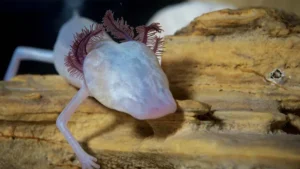


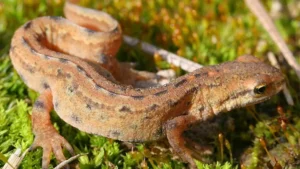
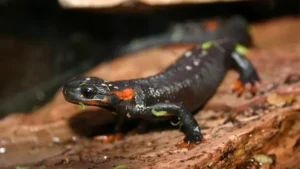
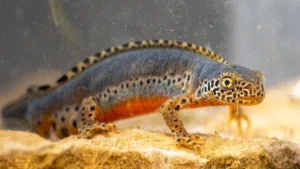
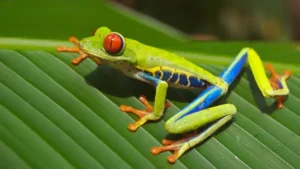

Leave your comment